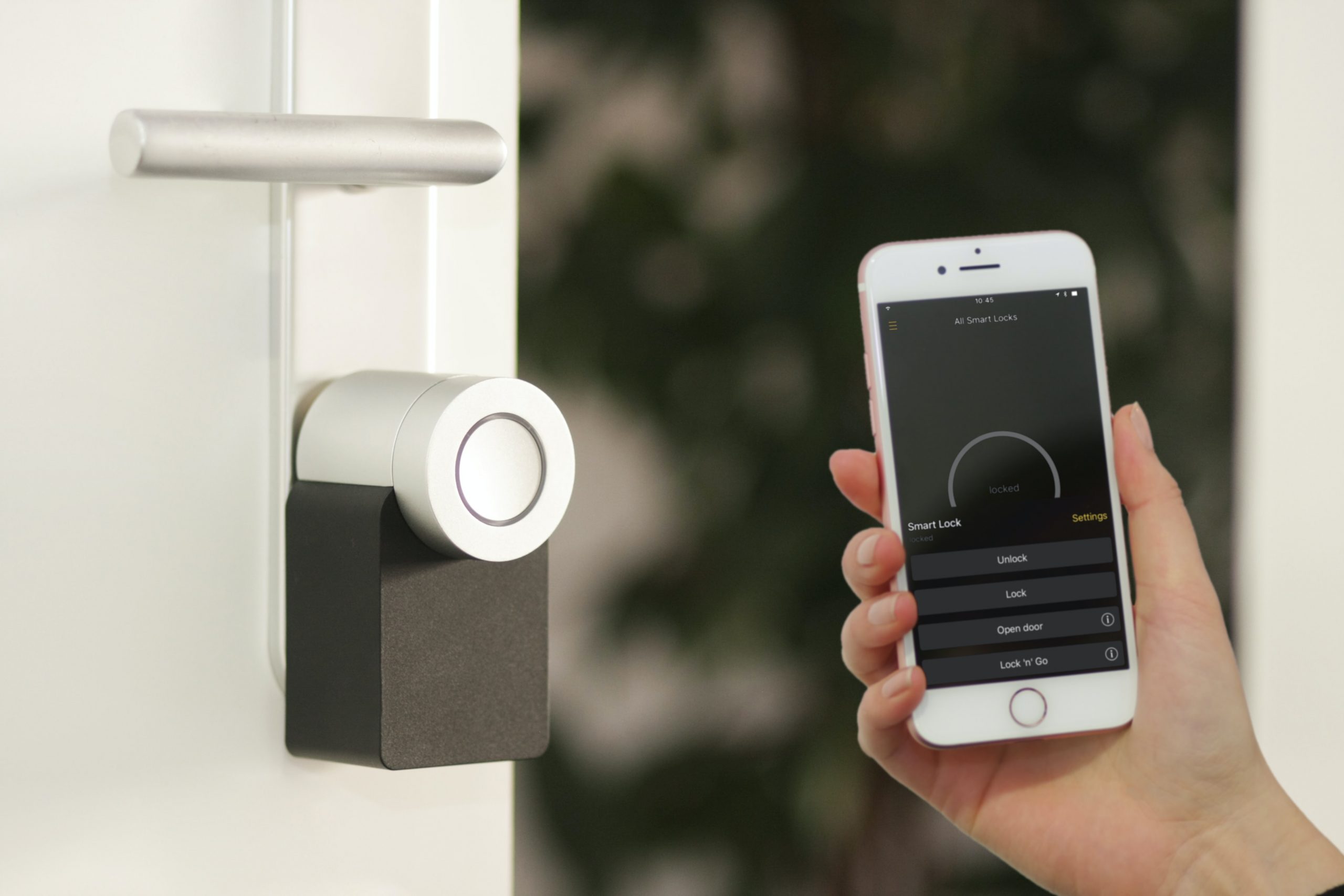Jump Ahead To:
When you’re in the process of buying a new home, understanding the full scope of homeownership costs is crucial. Beyond the mortgage, insurance, and taxes, utility costs can significantly impact your monthly budget. These typically include water and sewer services, trash collection, electricity, and gas. The costs can vary widely depending on location, the size of your home, the number of occupants, and your personal usage habits. Estimating these expenses now can prevent unpleasant surprises later. Let’s explore the steps you can take to estimate your utility costs effectively.
Water and Sewer Bills
To estimate your water and sewer costs, start by contacting the local water company. They can provide you with the average cost for a household of your size in your specific area. If the previous owners are amenable, you might ask for a copy of their bills over the past year to get a monthly average. Keep in mind that if you’re moving from a region where water is plentiful to one where it’s scarce, you may see an increase in costs. The national average for combined water and sewer services is around $54 per month. However, the average monthly water bill varies considerably by state.
According to Statista, in 2023, West Virginia had the most expensive water rates, with an average monthly bill of almost 100 U.S. dollars, followed by California ($77), Oregon ($76), Washington ($75), and New Jersey ($72).
The five states with the lowest average monthly water bills are Vermont and Wisconsin (both $18), followed by North Carolina ($20), Louisiana ($21), and Mississippi ($23).
Trash Collection
Trash collection is another variable expense. In some areas, this service is covered by municipal taxes, while in others, you’ll need to contract with a private company. Reach out to the local municipality or the neighborhood homeowners’ association (HOA) to get this information. Rates can also be tiered based on the amount of trash you produce, so consider your family’s waste production when estimating this cost. The average monthly bill for trash collection in the United States can range from $25 to $100. Depending on where you live, you may need to pay more for bulk and hazardous waste pickup.
You may be able to reduce your trash bill by choosing the smallest trash container offered by your local service, but make sure it fits your disposal needs. Overpacking a container or exceeding agreed-upon weight may result in extra fees or denial of service. Reducing waste, recycling whenever possible and handling your own returns of things like containers to place of purchase can also help lower costs.
Electricity and Gas
Electricity and gas costs are perhaps the most variable and can be influenced by factors such as climate, your home’s energy efficiency, and market rates for these utilities. Contact local service providers for historical usage data on the property. They can often provide monthly or seasonal averages. If you’re buying a home with old appliances, or if the home is large, expect higher costs.
The average electric bill in the US is $150 per month based on the average residential electricity price of 16.8 cents per kWh for July 2023 and the average household consumption of 881 kWh per month. Prices per kWh vary widely across the nation. For example, the average cost of electricity in New York City in 2023 is 21.71¢ per kilowatt/hour. And the average cost of electricity in Miami in 2023 is 14.21¢ per kilowatt/hour.
The average natural gas bill in the United States in 2023 is between $65 and $70 per month, based on an average monthly residential natural gas usage between 70 and 90 therms per month.
You do have some control over how much energy you use. Consider an energy audit to assess potential savings. Some utility companies offer these for free or at a reduced cost. It’s also worth investing in energy-efficient appliances and light fixtures, which can lead to significant savings over time. If you prefer predictable bills, you can check to see if your utility company offers flat rate billing, spreading the estimated cost of a year’s bills into 12 payments. At the end of the year, there’s a “true up” where the utility checks to see if you paid more or less than your actual usage. If you used more than expected, you can typically pay the overage off in one lump sum, or have the balance added to the next year’s monthly payments.
HOA or Condo Fees
Obviously these are not utilities, but if your new home is part of an HOA or a condominium, you’ll want to factor in this fee.
The typical HOA (Homeowners Association) or condo fee can vary significantly depending on a variety of factors including the location of the property, the type of community, the amenities provided, and the size of the home or condo unit. HOA fees for single-family homes or townhouses usually cover community amenities like parks, community pools, and any common landscaping. They may also include security services and street maintenance. Monthly HOA fees average $170, according to the U.S. Census Bureau’s American Housing Survey estimates. Most homeowners in HOAs, though, pay less than $50 a month.
For condominiums, the fees are often higher because they tend to cover more maintenance and services, such as building insurance, landscaping, snow removal, trash removal, and sometimes utilities like water and sewer. Condo fees can also include the maintenance of common areas like gyms, pools, and elevators. The average cost of condo fees nationwide is around $350 per month, with fees varying widely depending on location. For example, average condo fees in New York City are just over $1,300 per month, while in Miami the average is $415 a month, ranking fifth among the nation’s 50 largest metropolitan areas
It’s important to note that these fees can also rise over time due to inflation, unexpected maintenance costs, or planned upgrades within the community. When considering a property within an HOA or a condo association, it’s crucial to not only ask for the current fee amount but also review the history of fee increases and the health of the association’s reserve fund. A well-managed association will have adequate reserves for future repairs and maintenance, reducing the likelihood of unexpected special assessments.
Time to Crunch Those Numbers
Once you have gathered all this information, you can start estimating your monthly costs. Create a spreadsheet and list all the different utilities, the estimated monthly costs, and any seasonal variations you might expect. Don’t forget to include the HOA or condo fees if applicable. This will give you a clearer picture of your monthly outgoings on top of your mortgage payment.
Remember that these are estimates and actual costs can vary. It’s prudent to add a buffer of around 10-20% to your estimates to account for unexpected usage spikes or rate increases. Additionally, if you are making an energy-efficient home upgrade, factor in the upfront costs against the long-term savings on your utility bills.
Buying a home is a significant investment, and the more informed you are about the ongoing costs, the better prepared you will be for the financial commitment. By taking the time to research and estimate your utility costs, you’ll be in a stronger position to manage your finances and enjoy your new home without worrying about unforeseen expenses.
One More Thing – Estimating the Cost of Moving
While you’re figuring out important new home expenses, you might as well do the math for your moving costs. Good news: Bellhop makes it easy to determine the price of your move. Use our moving cost calculator to find out how much you should budget for, and check out our tips on how to cut moving costs too.
From long distance to local moves, full-service and special project hourly rates, storage services and last minute moves – Bellhop does it all. And we are dedicated to making your relocation as easy and inexpensive as possible. Book your Bellhop move now or reach out and connect with us for answers to all your moving questions.
- Most Walkable Neighborhoods in Richmond - May 21, 2024
- Best Schools in Omaha, Nebraska: A Comprehensive Guide - May 9, 2024
- The Best Schools in Tucson, Arizona - April 5, 2024



